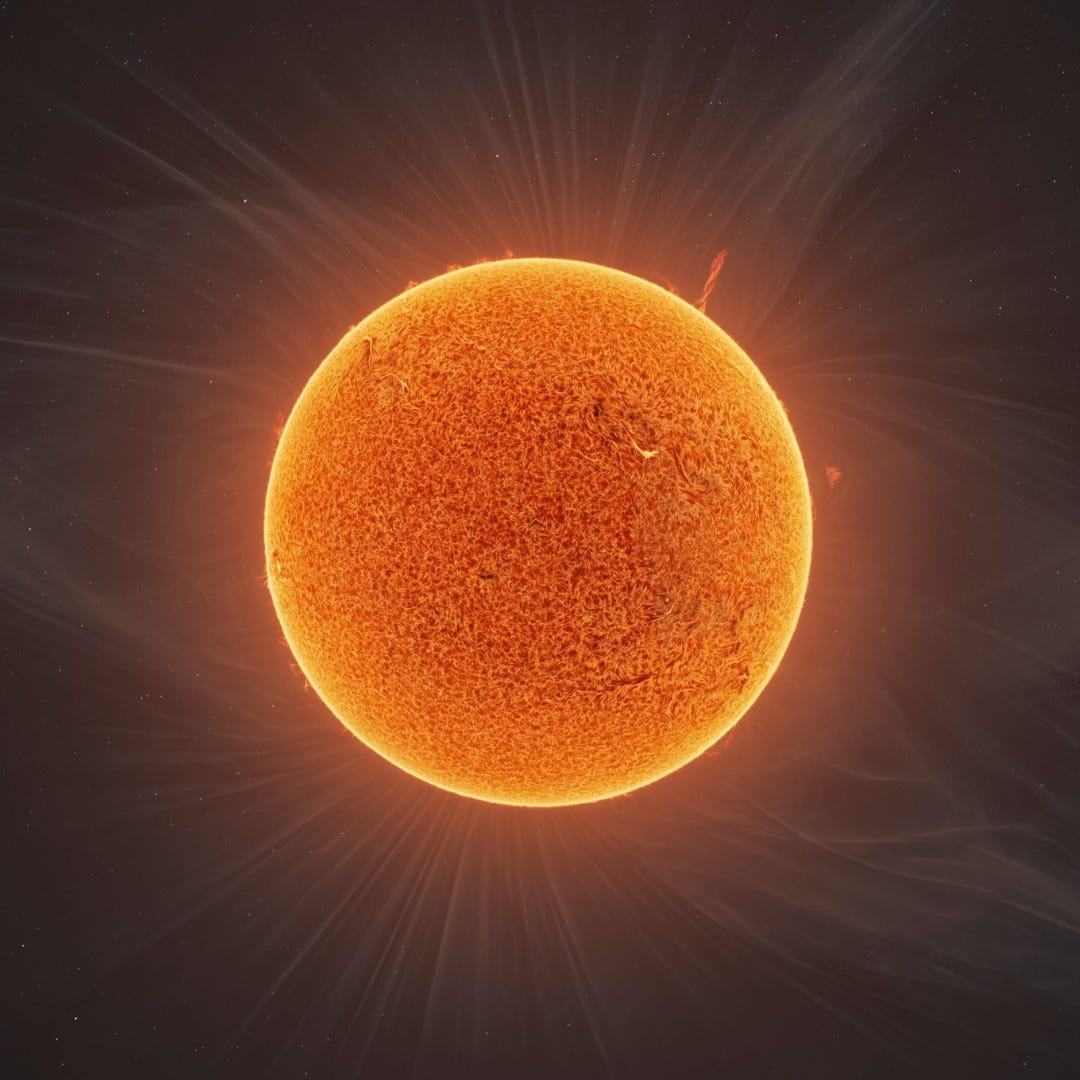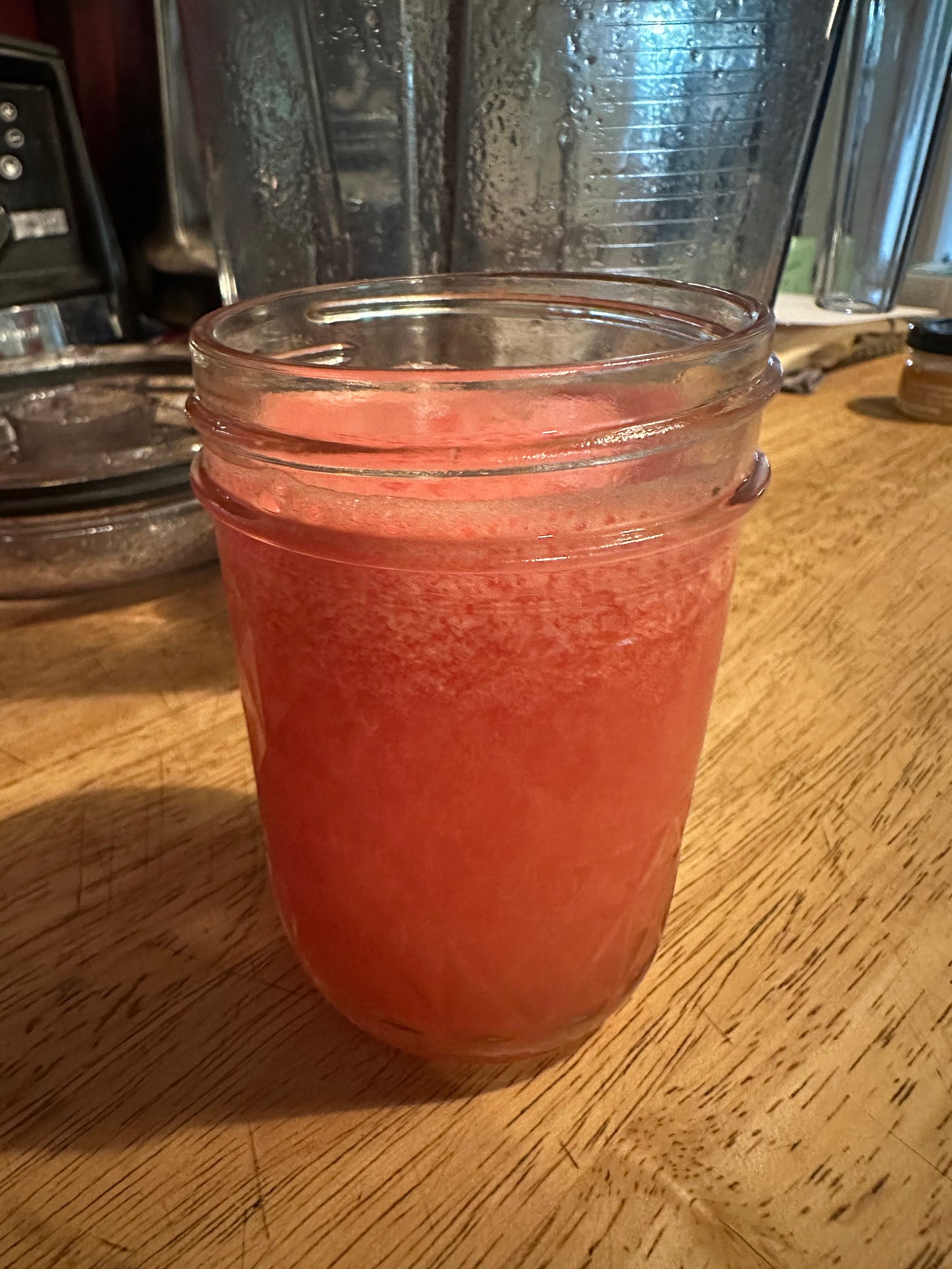It was one of those days that felt too bright too early.
You know the kind—the kind where the sun feels heavy before noon, and the air wraps itself around your skin like something you can’t quite shake off. Within 15 minutes I was exhausted.
This heat is different now.
It wasn’t heat stroke. It wasn’t even full-blown heat exhaustion.
But it was slight heat stress—and it came on fast.
We’re not used to this kind of heat—not this early, not this strong, and it made me think about something else.
Our children’s bodies, small and sensitive as they are, feel it even more deeply than we do.
There’s a simple rule outdoor educators use:
Air temperature (°F) + humidity (%) = the heat load index
Over 160? Caution. Over 180? Stay inside if possible
But more than formulas, what we really need is a return to our instincts.
To what we feel when something’s off.
So I decided to write a quick guide to heat stress, heat exhaustion, and heat stroke—so you know what to look for. This is applicable to adults and our wee ones, but first :
🌿 A Note of Care:
I’m not a doctor, and this post isn’t meant to diagnose or treat any medical condition. It’s simply shared wisdom—what I’ve learned through experience, observation, and tending to the ones I love. If you ever feel unsure or concerned, especially when it comes to heat-related illness, please don’t hesitate to seek medical attention. Trust your instincts. They’re one of your greatest tools.
Something else that truly surprised me—and I only discovered it after the fact while researching for this article—is that even in cases of heat stress, heat exhaustion, or heat stroke, doctors and emergency room guidelines do not recommend giving Tylenol or other fever reducers. That’s because these fevers aren’t caused by infection—they’re caused by the body’s inability to cool itself. Using medication to reduce the fever can actually interfere with the body’s natural cooling process and delay proper treatment. According to the Cleveland Clinic, the focus should be on active cooling methods and immediate care—not fever suppression. What’s needed is hydration, rest, and close, loving attention.
Source: Cleveland Clinic – https://my.clevelandclinic.org/health/diseases/21812-heatstroke
I know all these terms can sound a little clinical, but it helps to understand the difference.
Heat Stress
This is the body’s first whisper that it’s had enough.
A child might seem extra tired, quieter than usual, maybe flushed or a little warm, but not sweaty. They may be very sweaty. Their skin might feel dry instead of damp. They may complain about muscle aches. They may start running a low grade fever. It’s the moment before things tip too far—and the best time to step in with care.
→ What to do:
Bring them inside or into the shade. Offer a cool drink (with electrolytes if possible). Lay a cool washcloth on the neck or chest. Let them rest somewhere quiet. A neutral-temperature bath—not cold, not hot—can help the body reset gently.
Watch very, very carefully because heat stress can tip into heat exhaustion faster than you think—especially in little ones. Stay close. Keep checking in. Trust your instincts.
Heat Exhaustion- Pay Attention!
Now the body is clearly struggling. You might see heavy sweating, a pale or clammy face, dizziness, nausea, or a child who suddenly wants to lie down and close their eyes. Their pulse may feel fast but weak. They may seem overwhelmed or on the edge of tears—or too quiet. They may suddenly spike a higher fever.
→ What to do:
Move them out of the heat right away. Offer fluids with electrolytes. Remove extra clothing. Begin gentle cooling—cool cloths, fans, or a neutral-temperature bath if they’ll tolerate it.
And please—don’t hesitate to call your doctor or seek medical care.
Even if you’re not sure it’s “bad enough.” It’s always better to err on the side of love and caution. Our children’s bodies speak softly at first, and it’s our job to listen closely.
Heat Stroke - Emergency!
This is when the body’s internal thermostat has stopped working—and it’s dangerous. You might see:
Very hot skin, no longer sweating
Confusion, dizziness, or fainting
A strong, rapid pulse
A high fever
Slurred speech or disorientation
→ What to do:
Call for emergency help right away. While you wait, begin active cooling—cold cloths, fanning, removal of clothes, whatever you can do to gently bring the temperature down. Stay close. Stay calm. Stay present.
Listen with Your Hands, Your Eyes, Your Heart
Heat stress doesn’t always announce itself loudly. It creeps in. So here’s what I’ve learned to watch for:
A child who suddenly gets quiet
Skin that’s hot but not sweaty
Lethargy, flushed cheeks, or just… off
When you catch it early, rest and fluids can often be enough.
But when in doubt—step in sooner, not later.
Wolfie’s Electrolyte Cooler
A sweet, hydrating drink for hot summer days, I make this for him all of the time!
It’s simple, soothing, and full of life-giving minerals.
Ingredients:
2 cups cold watermelon chunks or cantaloupe, whatever’s available. I’ve even used peaches, cherries, blueberries and grapes.
1 scoop of child-safe electrolyte powder
1–2 teaspoons of raw honey
1 cup unsweetened coconut water
2–3 fresh mint leaves
Blend until smooth and serve with a straw and a quiet place to rest.
Sip slowly. Let it work its magic.
A Few Simple Summer Habits to Help
Hydrate early, not just after. Start the day with water or herbal tea. A little salt or electrolyte powder helps the body prepare.
Keep play shaded and short. Morning or after dinner is best. A wide-brimmed hat and light, breathable clothes make a real difference.
Rest and cool down before they “need” it.
Don’t wait until they’re overheated. Build rest into the rhythm.Have a cool-down plan. A shaded room, cooled but not chilled, a neutral bath, a cool cloth—whatever helps the body settle without shock.
Trust what you feel. You know yourself and your child. You know the signs. Don’t wait for permission to act.
The world is hotter now than ever before—that’s the truth, but we carry the tools we need, passed down from those who came before us: the ability to notice, to tend, to protect, to walk ourselves and our children back into balance when the world gets too much. So let’s keep listening. Let’s keep loving. Let’s keep one another safe—with caution and care.
With affection always,
Beth







